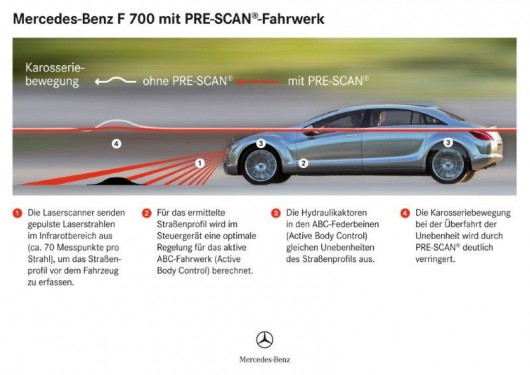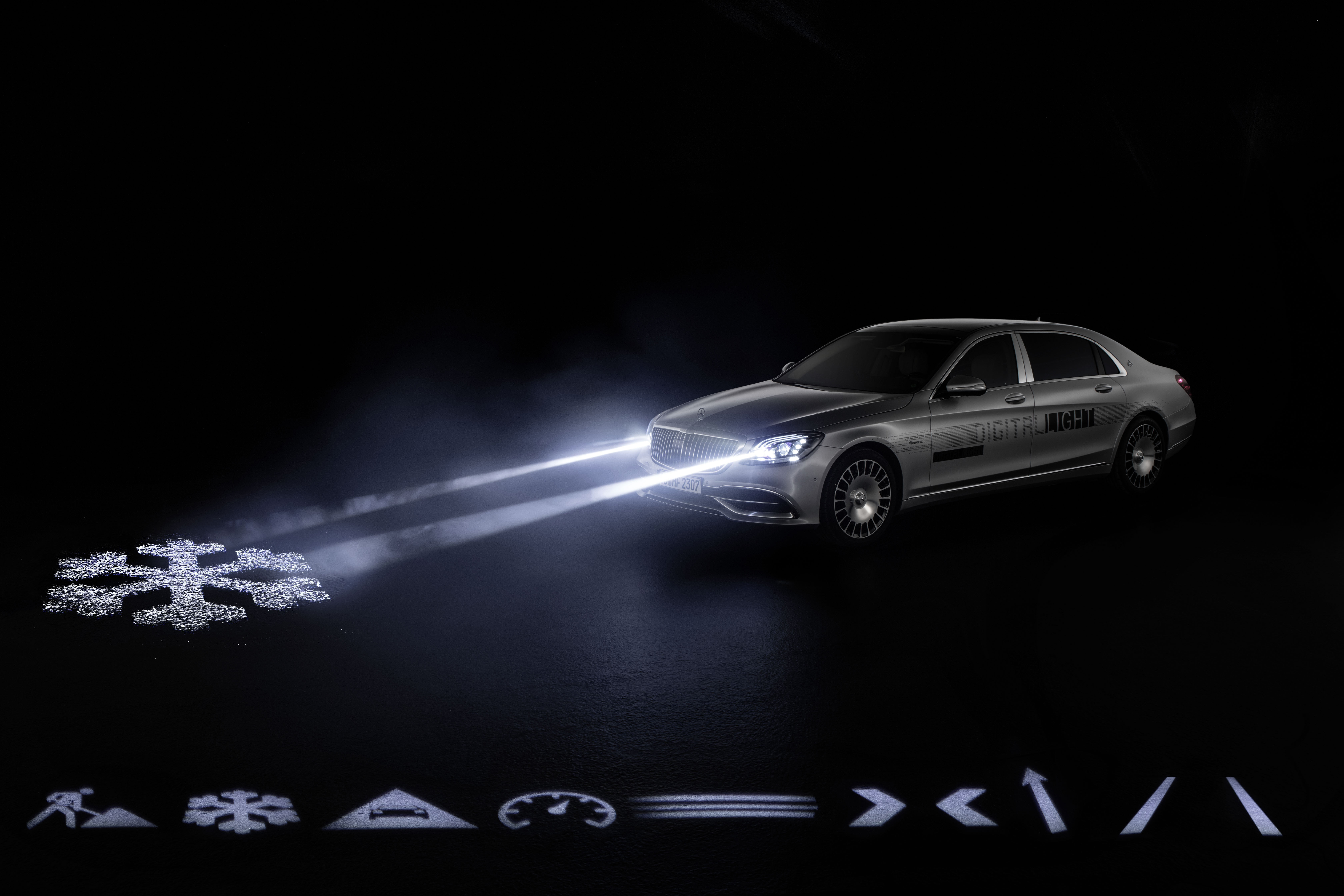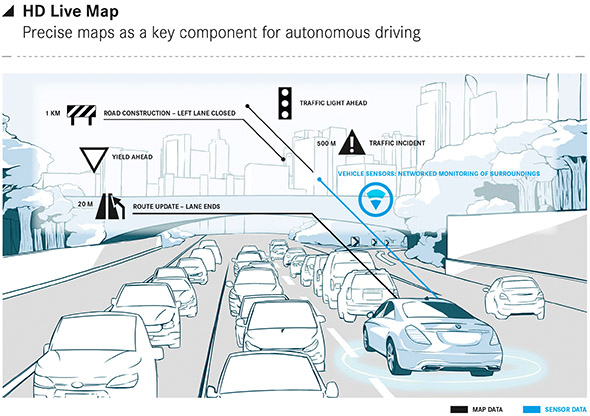PreScan suspension

How does it work? The laser beams scanning the road to give a car an immensely supple yet perfectly responsive ride sounds like science fiction. The constantly scans the road one to seven metres in front of the car via infra-red laser beams, then tells the suspension to relax or brace itself for whatever it sees coming.
The Pre-Scan system will find its way into luxury Mercedes-Benzes inside two years.
LIDAR – Light Detecting and Ranging sensors as a part of Pre-Scan system has been carried across from military hardware.
The real beauty of the system is that it can plug straight into Benz’s existing Active Body Control suspensions, currently standard on the S- and CL class luxury models.
The computer controlling the suspension will read the Pre-Scan data and compare it with the information coming from the steering, accelerator, brake and g-sensors to come up with a beautifully compliant ride.
Corner harder in a Pre-Scan car and it shows up as a suspension system with hardly any body roll and with hardly any bumps in the cabin, either.
Over stiff, sharp bumps, such as speed bumps, the system destroys at least half of the shock before it ever reaches the cabin. It dissipates noise just as effectively, too.
The Pre-Scan system weighs 1.5kg per unit and 3kg across the car. The system will necessitate a new style of headlight.
But the real problem and limitation is a top speed. The Pre-Scan system switches off over 100 mph, because it cannot scan far enough ahead of the car for the suspension to cushion the blows in time. That is a big problem for US market.
Source: auto_blog
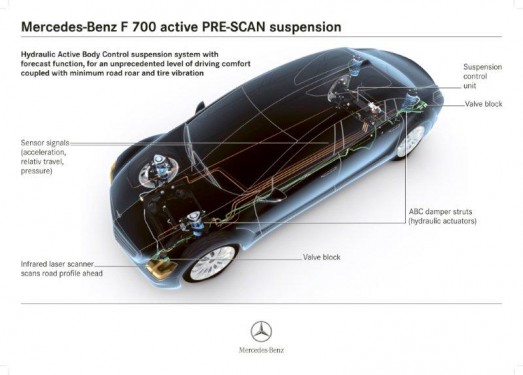
A ride on the magic carpet
MercedesFuturistic laser beams scanning the road to give a car an immensely supple yet perfectly responsive ride sounds like science fiction. It isn’t. After riding in one of Mercedes-Benz’s Pre-Scan prototypes in Spain recently, I can confirm that the Pre-Scan system works and, if it doesn’t achieve Benz’s goal of halving the impact of bumps in the cabin, it would go very, very close.
Dubbed the “Magic Carpet Ride” by Benz engineers, the system will find its way into luxury Benzes inside two years, according to senior company officials.
The constantly scans the road one to seven metres in front of the car via infra-red laser beams, then tells the suspension to relax or brace itself for whatever it sees coming.
Officially, the sensors are LIDAR, for Light Detecting and Ranging and has been carried across from military hardware.
The real beauty of the system is that it can plug straight into Benz’s existing Active Body Control suspensions, currently standard on the S- and CL class luxury models.
The computer controlling the suspension will read the Pre-Scan data and compare it with the information coming from the steering, accelerator, brake and g-sensors to come up with a beautifully compliant
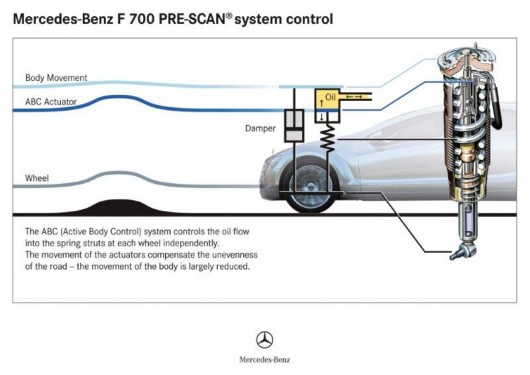
Corner harder in a Pre-Scan car and it shows up as a suspension system with hardly any body roll and with hardly any bumps in the cabin, either.
Over stiff, sharp bumps, such as speed bumps, the system destroys at least half of the shock before it ever reaches the cabin. It dissipates noise just as effectively, too.
The system weighs only 1.5kg per unit – so 3kg across the car – but it will necessitate a new style of headlight. And, on Benz’s F700, that meant maximum ugly.
Its only real limitation is top speed. The system switches off over 100 mph, because it cannot scan far enough ahead of the car for the suspension to cushion the blows in time.
But, for the U.S. market, that’s hardly going to present a problem.
